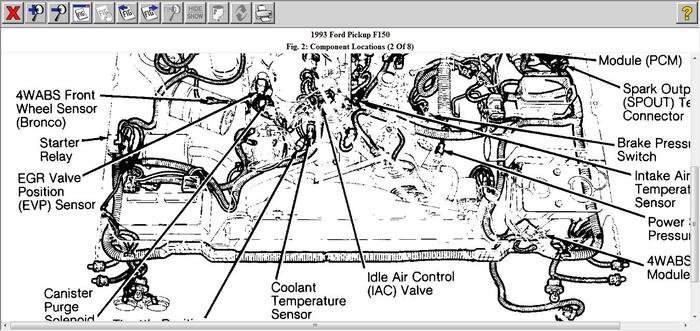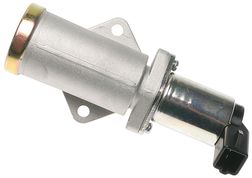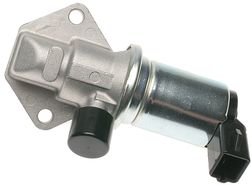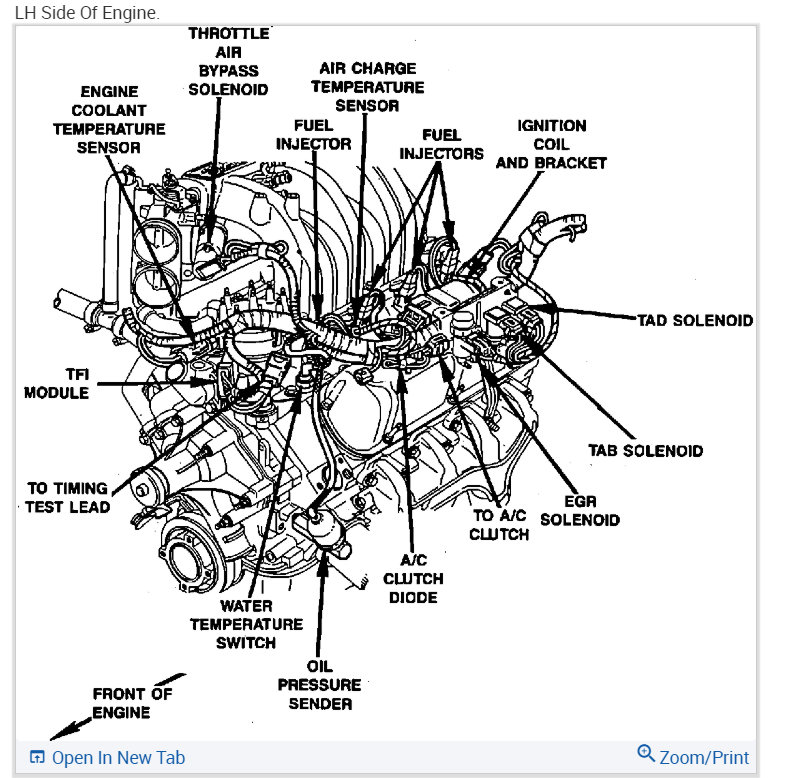Thanks for the input and insights.
Even though it has its common colds and normal hiccups, I Love this 30 year old "Ford" truck as it hast failed me yet. Stuck in the 1970's and 1980's I guess.
As I stated previously, this has been ongoing for years (at least two decades) and In such I have went through this engine and done the carb-cleaner test in the accessible areas, meaning its hard to do the test in certain areas or around the back of the engine near the fire wall. Or without spraying other components.
Best of my failing knowledge and feeble mind, carb-cleaner and rubber hoses (maybe the nylon/plastic ones as well). Some don't like carb-cleaner as it can/will melt and brittle certain types hoses; possibly causing more problems and vac leaks. Thus as I stated, I have avoided those "blind" hard to reach and other areas where the spray and/or over spray cant be controlled. In such, WD-40 was my alternative in addition to carb-cleaner in certain areas as it too will indicate a leak.
In saying that, the one thing I have never done is check the brake booster for vacuum leaks as that eluded me, but that is a good call. So that might be the culprit or a contributor at any level, and definitely something that should be looked at just from the maintenance end as its a vital component.
Being that its an older model, maybe I will replace some of the vac-lines just for the hell of it as I agree they look a bit old, rough and dirty (but intact). But who am I to claim I can see vacuum leaks. It just seems that vac-leaks would be consistent, not intermittent when it comes to the idle issue.
Since this is a project restore and not a desperation of an everyday commuter, I will climb back under the hood and play around some more when time allows.
But as for the other I posted, Ford seems to have avoided the "right side exhaust manifold casting crack" that appears after certain model/year trucks of this era as I have been under the hood of many, some just to prove my claim, and every one of them had the casting crack in the same area!
In such, there is an Exhaust Oxygen Sensor down below where the two sides of the exhaust union.
Though this would be a constant pressure side (exhaust) and very little O2 ever coming or leaking in to the exhaust and reaching the sensor, I cannot help but to factor that in to some "slightly off" reading sensor reading. Outside of that, any backfire or escaping heat from the hot gasses, seems to be of concern as it might cause a flash fire or undue increase in heat to that side of the engine, thus causing problems to electric and other over a long period of time. But that is just my ramblings of insights.
It is also my belief that this crack occurs due to casting and stress from the weight of the exhaust pipe and components, but due to the age of the trucks effected, that issue is mote and speculation now. Lets just agree that Its not something a 6 pack and JB Weld or Pipe Wrap will fix. LOL
Maybe a header swap would fix the old beater issue when and if you have the money for the fix.
Lastly, and for others with plastic line leaks per the link you posted; some of these lines seem to be glued or formed together to the rubber connector. In such you cant remove the connections to easily replace. While you can cut and splice the hose my alternative is the "Liquid (rubberized) Electrical Rubber" (Star Brite Liquid Electrical Tape) and/or as well as electrical shrink tubing that can be used to cover/seal any small crack as to seal it up or after splicing as to ensure a better long term seal.
Still I recommend an entire replacement of the hose as this (and splicing) is only a short term fix and is not very pretty.
Thanks again for the Insights.
I will double check the brake booster.
SPONSORED LINKS
Wednesday, May 5th, 2021 AT 12:27 PM
(Merged)







